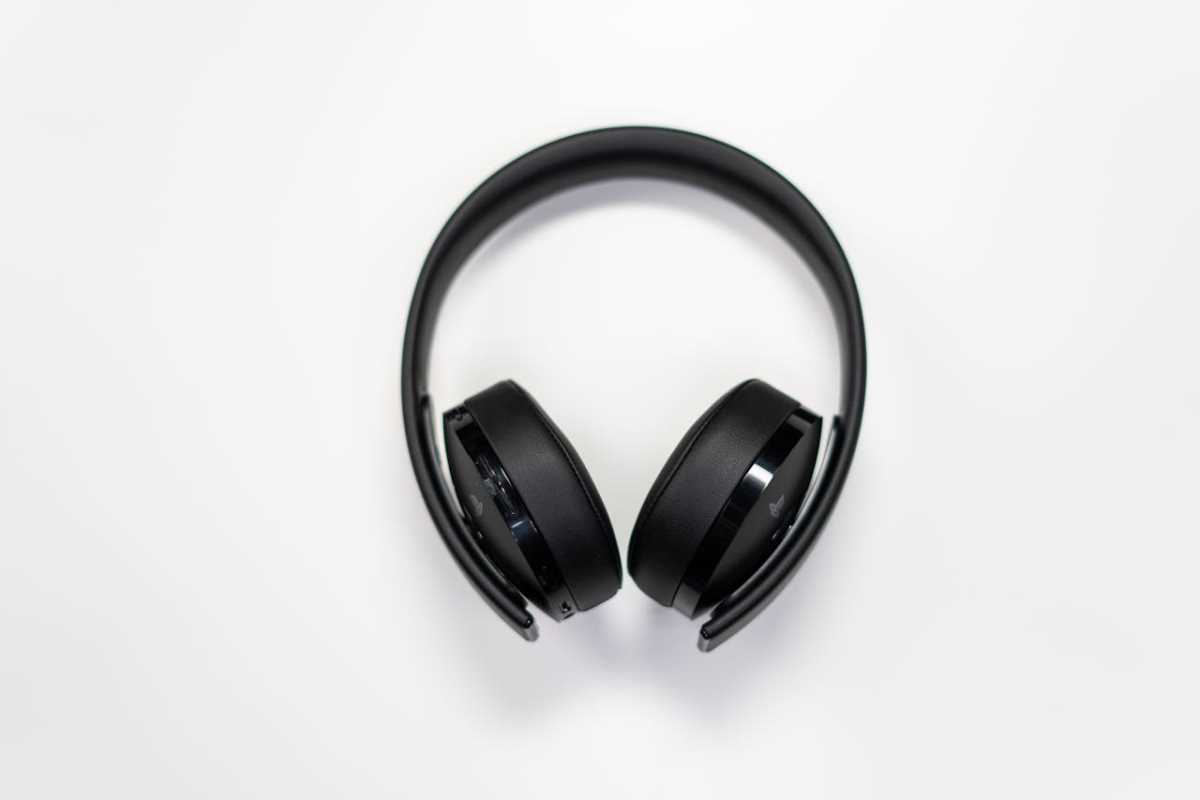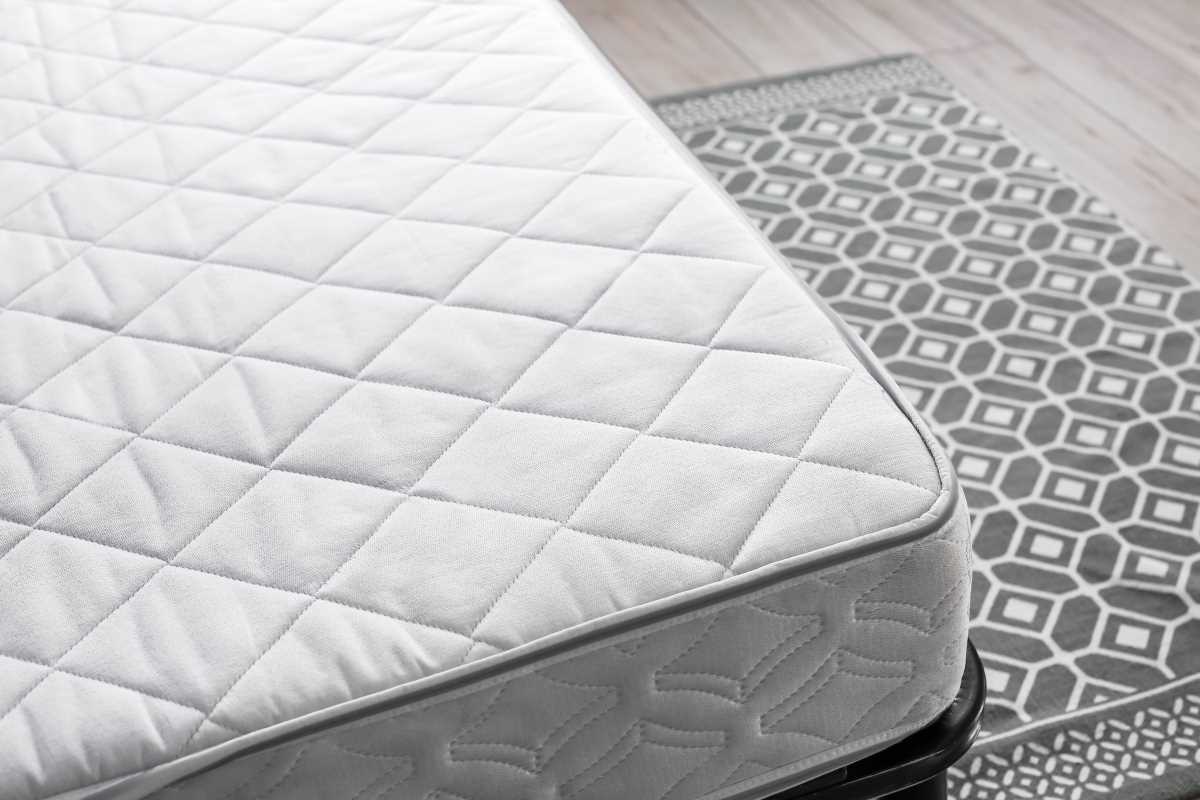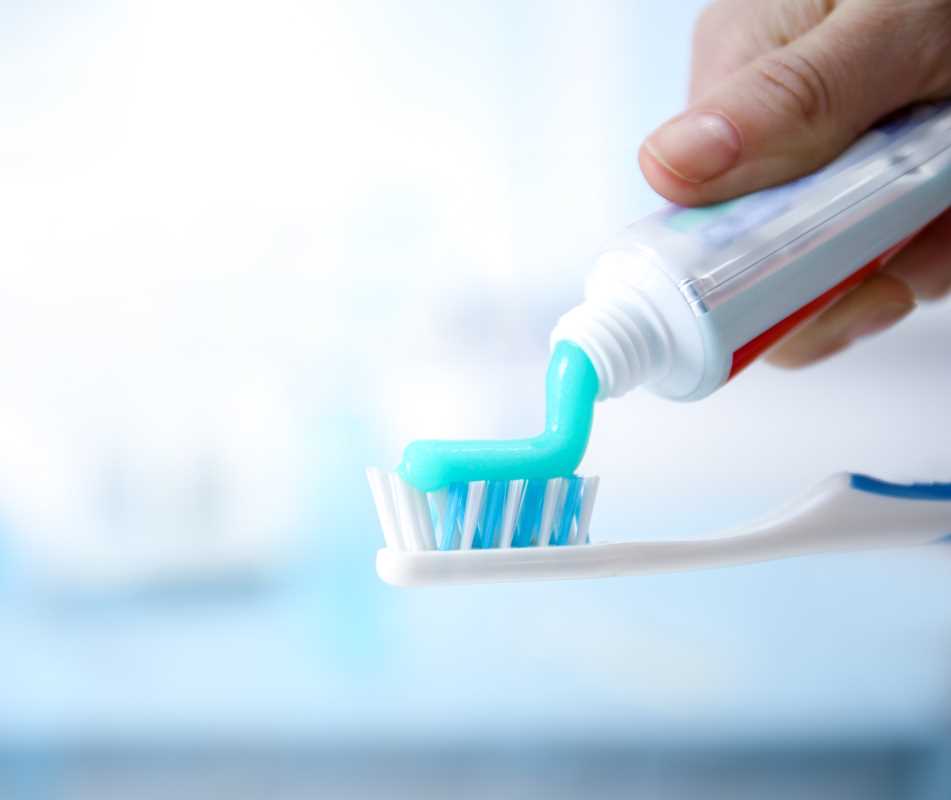Headphones have become a constant companion in our daily lives, connecting us to music, podcasts, and calls wherever we go. They help us focus in noisy environments and stay entertained during commutes. This constant use, however, raises important questions about their impact on our well-being. The convenience of personal audio might come with hidden costs to our health that go beyond just our hearing. Understanding the potential risks is the first step toward using your favorite headphones in a way that protects your long-term health. We've got you covered with a guide to the potential downsides of headphone use and practical tips to help you listen safely and responsibly.
How Sound Can Harm Your Hearing
Your ears are incredibly sensitive and intricate organs. Understanding how they can be damaged helps clarify the risks associated with loud noise exposure. Inside your inner ear, specifically in a spiral-shaped cavity called the cochlea, there are tiny hair cells. These cells, known as stereocilia, are responsible for converting sound vibrations into electrical signals that your brain interprets as sound.
When you are exposed to loud noises for extended periods, these delicate hair cells can be damaged. Imagine them like blades of grass. Walking over them once or twice will cause them to bend, but they will bounce back. Repeatedly walking over the same spot will eventually wear them down until they can no longer recover. In the same way, loud sounds can overstimulate the stereocilia, causing them to bend or break. This damage can lead to temporary or permanent hearing loss, a condition often called noise-induced hearing loss (NIHL).
The Risks of Noise-Induced Hearing Loss
Noise-induced hearing loss is a significant concern directly linked to how we use headphones. The primary factors that contribute to this condition are volume and duration. Listening to audio at high volumes, even for a short time, can cause damage. Similarly, listening at moderate volumes for many hours a day can have the same cumulative effect.
Understanding Decibels (dB)
Sound is measured in units called decibels (dB). A normal conversation is typically around 60 dB, which is perfectly safe. Sounds above 85 dB can begin to cause damage over time. Many smartphones and personal music players can produce sounds well over 100 dB, a level that can cause permanent hearing damage in less than 15 minutes.
Headphones, particularly in-ear models like earbuds, deliver this sound directly into your ear canal. This proximity to the eardrum can amplify the intensity and increase the risk of damaging the sensitive structures within your ear. Constant exposure to high decibel levels can lead to symptoms like tinnitus (a ringing or buzzing in the ears), difficulty understanding speech in noisy places, and eventually, irreversible hearing loss.
Setting Safe Listening Limits
A great rule to follow is the 60/60 rule. This guideline suggests listening to your devices at no more than 60% of the maximum volume for no more than 60 minutes at a time. After an hour of listening, it's a good idea to take a break to give your ears a rest. Many modern devices also have built-in features that warn you when you are listening at volumes that could harm your hearing. Paying attention to these alerts can be a simple way to protect yourself.
Beyond Hearing: Other Health Concerns
The health risks associated with headphones are not limited to your ears. Their frequent use can contribute to other physical and mental health issues.
Ear Infections and Wax Buildup
Earbuds and in-ear headphones sit directly inside your ear canal, which can create a warm, moist environment perfect for bacteria to thrive. This can increase your risk of developing outer ear infections, which can cause pain, itching, and discharge. It's a great idea to clean your earbuds regularly with an alcohol wipe to remove any bacteria and earwax buildup.
Additionally, these devices can block the natural migration of earwax out of the ear canal. Earwax is your body's way of cleaning and protecting your ears. Pushing it back into the ear canal with an earbud can lead to impaction. Impacted earwax can cause a feeling of fullness in the ear, temporary hearing loss, and dizziness.
Reduced Situational Awareness
One of the most immediate dangers of using headphones, especially noise-canceling models, is reduced situational awareness. When you are immersed in your audio, you are less likely to hear important environmental cues like approaching traffic, emergency sirens, or someone calling out to you. This can be particularly dangerous for pedestrians, cyclists, and drivers.
To stay safe, consider using only one earbud when you are walking or exercising outdoors. You could also use bone conduction headphones, which sit outside the ear and allow you to hear your surroundings while still enjoying your audio. Being mindful of your environment is key to preventing accidents.
Headaches and Jaw Pain
Wearing on-ear or over-ear headphones for long periods can put pressure on your head, scalp, and jaw. This constant compression can lead to tension headaches. If the headphones are too tight, they can also affect the temporomandibular joint (TMJ), which connects your jawbone to your skull. This can result in jaw pain, clicking sounds, and discomfort when chewing.
To avoid this, make sure your headphones fit properly. They should be snug but not uncomfortably tight. Taking regular breaks to remove your headphones can also help relieve pressure and prevent pain from developing.
Tips for Safer Headphone Use
You don't have to give up your headphones to protect your health. With a few simple adjustments, you can continue to enjoy your favorite audio content safely.
- Monitor Your Volume: Use the 60/60 rule as your guide. Keep the volume at or below 60% and take listening breaks every hour.
- Choose the Right Headphones: Over-ear headphones can be a safer choice than earbuds because they sit outside the ear canal. Noise-canceling headphones can also be helpful, as they allow you to listen at lower volumes by blocking out background noise.
- Keep Them Clean: Regularly clean your headphones, especially earbuds, to prevent the buildup of bacteria and reduce the risk of ear infections.
- Stay Aware of Your Surroundings: Avoid using noise-canceling headphones in situations where you need to be aware of what's happening around you, like when walking on busy streets.
- Give Your Ears a Rest: Your ears need time to recover. Make sure you have periods of quiet throughout your day to prevent auditory fatigue.
A Healthier Listening Experience
Headphones are an amazing technology that adds so much to our daily experiences. By being mindful of how you use them, you can protect your hearing and overall health for years to come. It’s all about finding a balance that works for you. Small changes, like lowering the volume and taking regular breaks, can make a huge difference. Listening responsibly allows you to enjoy the benefits of personal audio without compromising your well-being.
 (Image via
(Image via





